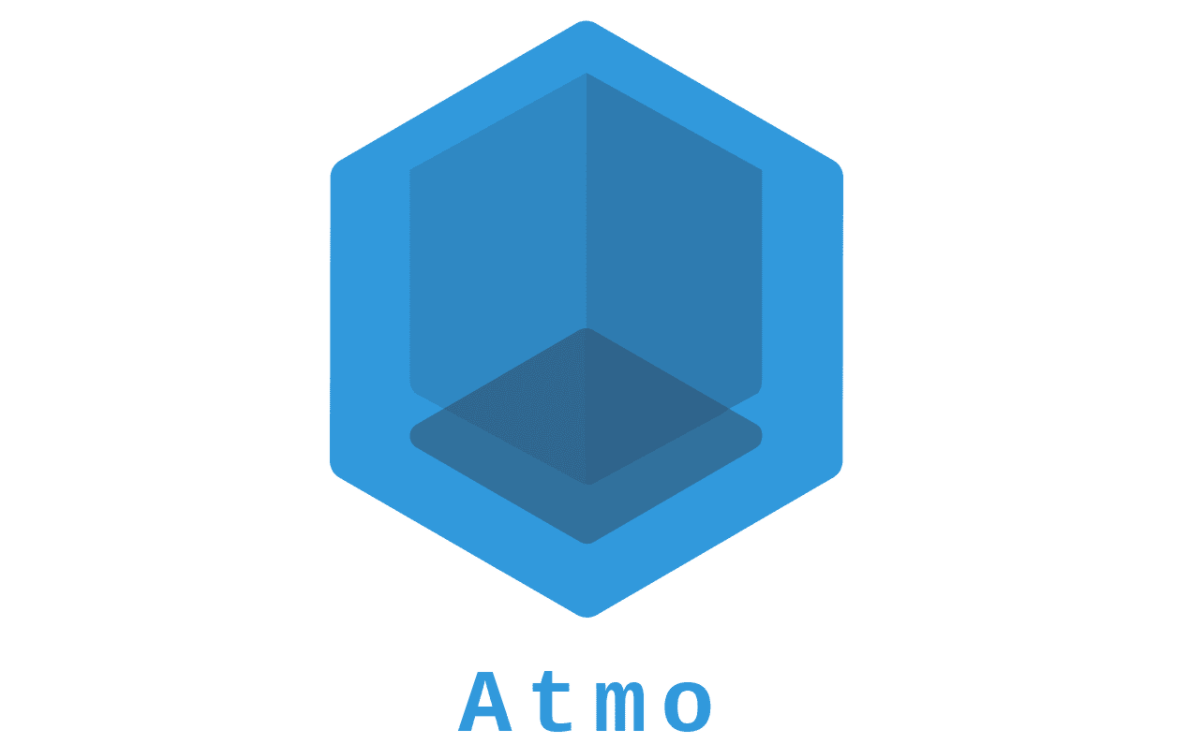Building for a future based on WebAssembly
SUBORBITAL.DEV
Suborbital are the creators of Atmo, an open source serverless framework. It uses a declarative approach, removing the need for boilerplate. And of course, is built on WebAssembly, allowing you to write functions in your language of choice.

The author of Atmo has “a lot to say about WebAssembly” and this post describes why they chose it as the foundation, and the various other design choices that influenced the framework.
Signed HTTP Exchanges: A path for Blazor WebAssembly instant runtime loading?
DAVEABROCK.COM
Since it’s release early last year, Blazor, the framework that allows you to write C# .NET application that execute within the browser, has become quite popular. It’s success is due to the familiar programming model it provides, giving .NET developers an easy route to writing web applications. However, it is not without compromises. In order to run .NET applications in the browser, Blazor ships an entire .NET runtime, resulting in large download sizes.
Signed HTTP Exchanges are a technique for making content portable, allowing the creation of “cross-site CDNs”. For Blazor, this would make it much easier to cache the common runtime.
Learning WebAssembly Series
TTULKA.COM
A fantastic series, which now comprises 10 parts, that gives a thorough introduction to WebAssembly. The latest post looks at how to perform image processing using AssemblyScript.
Choosing Between Blazor Server or WebAssembly
BALDBEARDEDBUILDER.COM
Blazor is a framework of two very different flavours. Blazor Wasm that executes within the browser, like a traditional Single Page Application, and Blazor Server, that executes on the server. This blog post evaluates the pros and cons of each approach.
And Finally …
Cloud Native Wasm Day is an online conference taking place on May 4th. If you’re interested in speaking, there is a Call For Proposals that is open for another week.